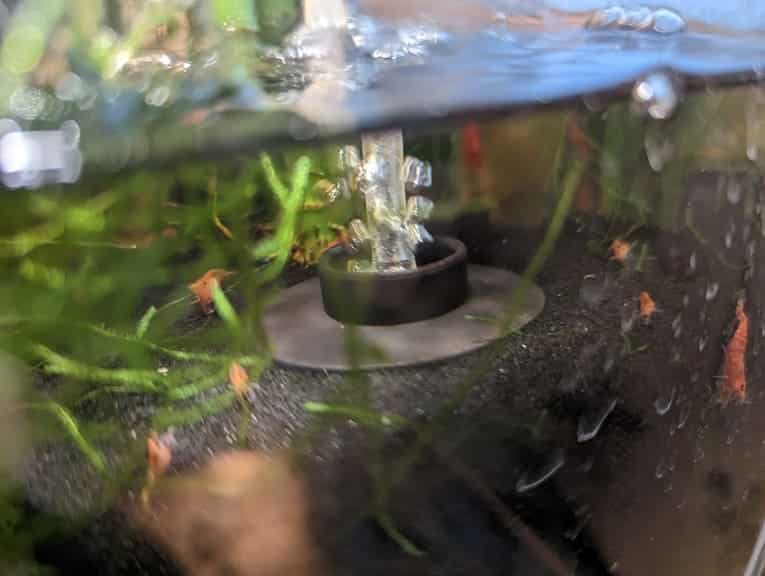When assembling the AQUANEAT Aquarium Bio Sponge Filter, you may notice that the entire structure may be too tall. Ideally, you want the plastic cylinder top of this product to be below the water surface in order for the filter to function properly.
To see what steps you can take in this situation, you can take a look at this article from Aquarium Blueprints.
1. If it is possible, you can try returning the AQUANEAT Sponge Filter and then getting a smaller version. For the uninformed, the product comes in the following sizes:
- Up to 10 gallons
- Up to 20 gallons
- Up to 50 gallons
- Up to 60 gallons
The 10-gallons version of the filter measured in at 4.75 inches tall with the plastic cylinder top attached while the 20-gallons iteration is 6.5 inches tall. Both the 50- and 60-gallons filters are 8 inches tall.
So, if your filter is too tall, then you can try replacing it with multiple smaller ones in the same tank.
2. If the main body of the sponge can be fully submerged by the plastic cylinder top ticks out above the water surface, then you can try removing the top completely.
In our case, the 60-gallon AQUANEAT Sponge Filter was too tall for our shrimp tank with the plastic cylinder top installed. We decided to pull the cylinder off in order to fit the sponge in the aquarium.

Keep in mind that, by removing the plastic cylinder top, the mechanical filtration may not work as well. With that said, you should be getting the same biological filtration without the top.
3. Instead of removing the cylinder, you can also cut it down to a shorter size.
The plastic cylinder adds around 2.75 inches to the height of the 50- and 60-gallons filters, 2.5 inches to the eight of the 20-gallons filter as well as 2 inches to the 10-gallons filter.
If you managed to modified the plastic top to be shorter, then you may be able to get the sponge filter to be fully submerged in your tank water.
4. One last solution you can try is to place your sponge filter either horizontally or diagonally. By doing so, you may be able to find the entire structure underneath the water surface of your aquarium.
